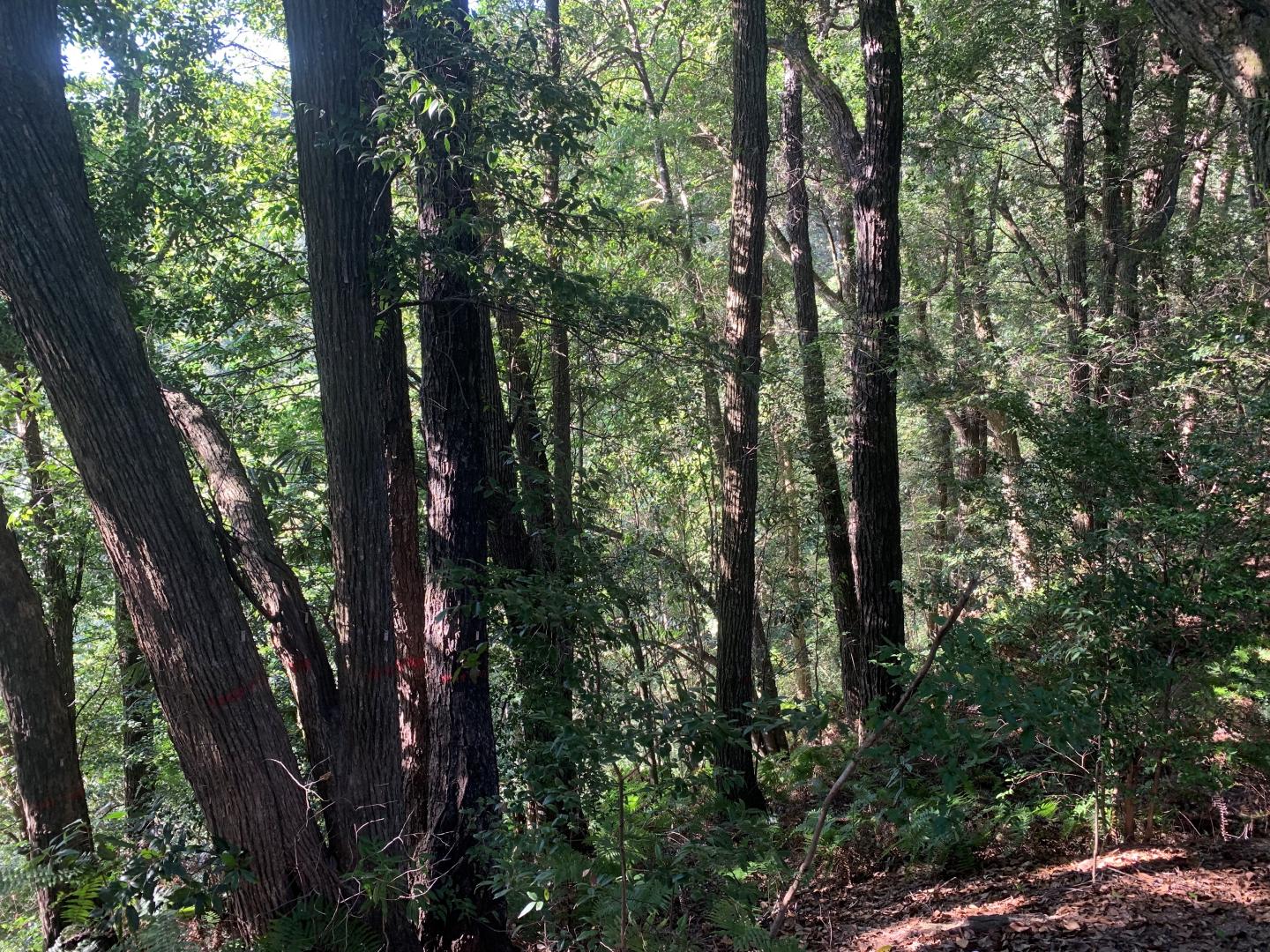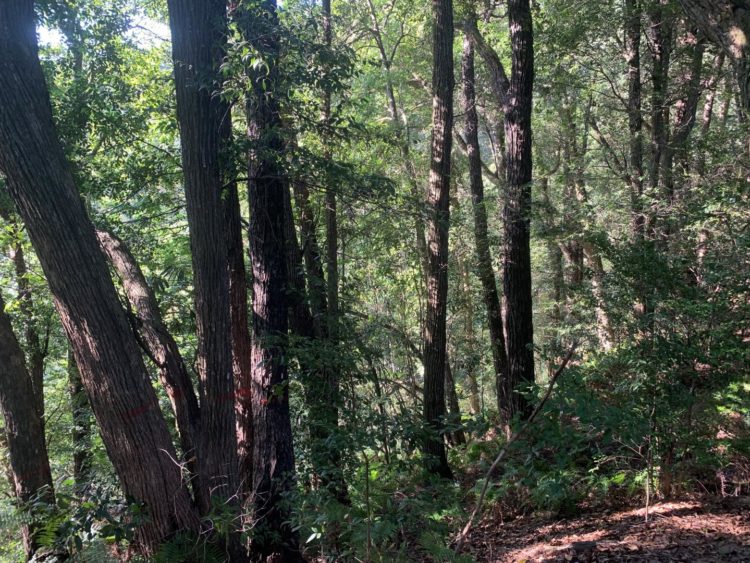
Credit: CHEN Lei
For over a century, ecologists have questioned how the extraordinarily high number of tree species can coexist in tropical forests. In the early 1970s, Daniel Janzen and Joseph Connell independently came up with the pathogen-driven Janzen-Connell hypothesis to explain the astonishing plant diversity we observe. They proposed that specialist natural enemies could accumulate near dense patches of their hosts and attack seeds and seedlings of the same species, ultimately lending an advantage to locally rare species – a phenomenon known as conspecific negative density dependence.
A large number of studies have provided compelling evidence for the diversity-promoting effects of pathogens in a wide range of tropical forests. However, the collective importance of specialist natural enemies in determining the diversity observed in subtropical communities had remained unclear until recently.
Subtropical evergreen broad-leaved forests of China are among the most species-rich areas in the world, containing more than 10,000 vascular plant species. One of the striking differences between subtropical and tropical forests is that tropical forests are usually dominated by arbuscular mycorrhizal (AM) species, whereas subtropical forests are usually dominated by AM trees when considering species number, but by ectomycorrhizal (EcM) trees when considering basal area.
A research group led by Prof. MA Keping from the Institute of Botany of the Chinese Academy of Sciences, in collaboration with scientists from the University of Maryland, College Park and the Institute of Microbiology, have now revealed the underlying mechanism regulating species coexistence in a subtropical forest.
The research, entitled “Differential soil fungus accumulation and density dependence of trees in a subtropical forest,” was published in Science on October 4.
In the study, the researchers point out that species’ mycorrhizal types mediate tree-neighborhood interactions at the community level, and much of the interspecific variation in local tree interactions is explained by how tree species differ in their fungal density accumulation rates as they grow.
Species with higher accumulation rates of pathogenic fungi suffered more from conspecific neighbors, whereas species with lower conspecific inhibition had higher accumulation rates of EcM fungi, suggesting that mutualistic and pathogenic fungi play important, but opposing, roles on species coexistence.
“The findings provide an extra dimension to the Janzen-Connell hypothesis by showing that pathogen accumulation rates may play a key role in driving the strength of tree interactions, but EcM fungi may overrule them. Models of tree diversity should incorporate the role of both plant pathogens and mutualists,” says CHEN Lei, an assistant professor of ecology and first author of the new study.
These results provide important clues to clarifying the mechanism underlying the latitudinal gradients in tree interaction and global biodiversity patterns in natural forests.
###
This is another important achievement in understanding the diversity and functions of subtropical forests since publication of a study concerning the impact of tree diversity on forest productivity (Huang et al., Science, 2018) by Prof. MA Keping and his colleagues.
Media Contact
MA Keping
[email protected]
Related Journal Article
http://dx.





